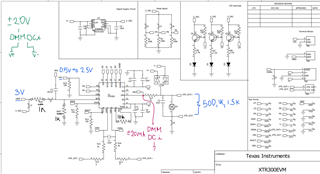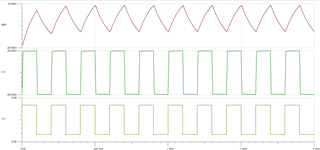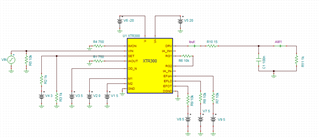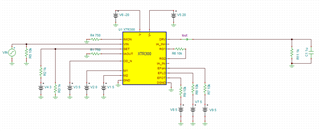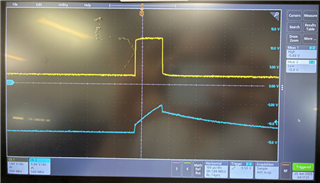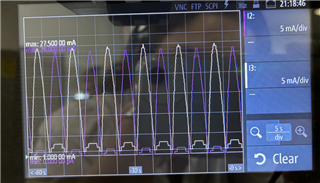Other Parts Discussed in Thread: , XTR305
Tool/software:
Hi,
I use XTR300 in my design and make it work in current mode. I provide it with a supply voltage of ±20V. I may need it to provide a maximum current output of ±20mA, and the load resistance may be 1KΩ. I want to know how much current it needs at least to make it work properly? My DC-DC module can provide a maximum current of ±42mA. Is this enough?
Best,
Junzhe




